Rain (1932)
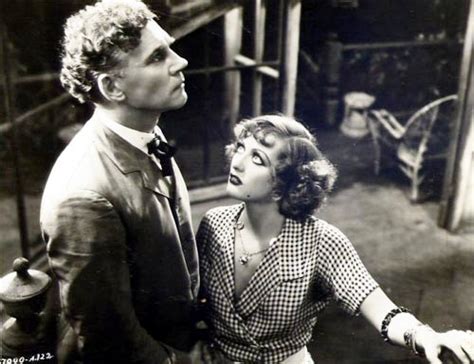
Toronto Film Society presented Rain (1932) on Saturday, March 25, 2023 as part of the Season 75 Virtual Film Buffs Screening Series, Programme 6.
Producer: United Artists. Producer: Lewis Milestone. Director: Lewis Milestone. Screenplay: Rain, 1922 play by John Colton and Clemence Randolph, Miss Thompson 1921 story by W. Somerset Maugham. Cinematography: Oliver T. Marsh. Music: Alfred Newman. Film Editor: W. Duncan Mansfield. Release Date: October 12, 1932.
Cast: Joan Crawford (Sadie Thompson), Walter Huston (Alfred Davidson), Guy Kibbee (Joe Horn), Fred Howard (Hodgson), William Gargan (Sergeant O’Hara), Beulah Bondi (Mrs. Davidson), Matt Moore (Dr. Macphail), Walter Catlett (Quartermaster Bates).
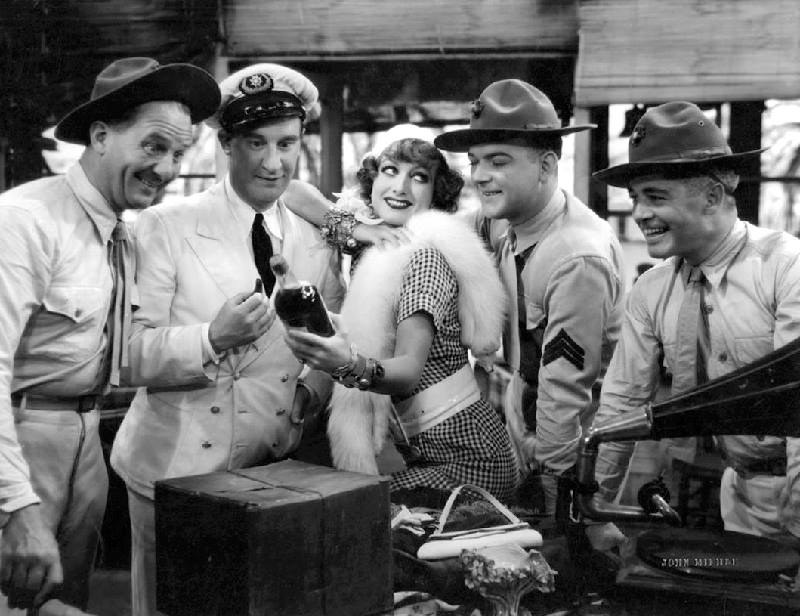
Rain is the second of three film adaptations of the play of the same name by John Colton and Clemence Randolph, that was in turn based on the short story “Miss Thompson” by W. Somerset Maugham. Sadie Thompson, a silent film from 1928 starring Gloria Swanson, and Miss Sadie Thompson from 1953 starring Rita Hayworth, were much less overt in their risqué themes than the Joan Crawford version which was made just two years prior to the enforcement of the Hays production code. One of MGMs most promising new stars at the time, Crawford was loaned to United Artists for the film.
Set on the tropical island of Pago Pago, the plot centres around the dynamics between two of the passengers forced to quarantine together in close quarters due to a cholera outbreak on the ship – the holier-than though missionary, Alfred Davidson (Walter Huston, father to famous director John) and a woman of ill-repute Sadie Thompson, (Joan Crawford).
Following complaints from his wife (well-known character actress Beulah Bondi) about Thompson carousing on the sabbath with the Marines stationed on the island, Davidson takes it upon himself to reform Sadie. In his merciless pursuit he even secures permission from the Governor to send her back to San Francisco where law enforcement will be waiting to incarcerate her (for what crimes we are never told, and for which Sadie continues to insist she was framed). In a traditional cinematic role reversal, there is no mistaking from the beginning that Davidson, the self-righteous reformer, is portrayed as the villain and Thompson, an independent woman in charge of her own sexuality, is the hero of this tale.
Being lit from below gives Davidson a sinister appearance and he is always towering above Sadie, particularly in the pivotal scene in which he chants the Lord’s Prayer from the staircase to Sadie standing below. The Davidsons also don’t appear to have many allies on the island with shopkeeper Joe Horn (Guy Kibbee) warning the marines “they’ll break your back to save your soul” and Horn’s wife Ameena (Mary Shaw) telling Sadie that Mr. Davidson is a “witch doctor”. Naïve Sgt. O’Hara (William Gargan), referred to as “handsome” by Sadie throughout the film, falls for her and offers her a different type of redemption when he learns of her checkered past – marriage.
Sadie appears on screen for the first time 8 minutes into Rain, one limb at a time, heavily made up, bangles dangling from her wrists, fishnet stockings leading up from worn high heels, draped in fox fur, and cigarette dangling from her mouth. As things progress, she becomes both an object of sympathy and desire, but remains an enigma. One is left to wonder whether her religious conversion was genuine or a ruse, a testament to Crawford’s performance.
This is also a film ripe with metaphor. A slow dripping rain escalates to a torrent just after the opening credits with the untamed forces of nature foreshadowing the carnal lust to which Davidson will ultimately succumb, and only when he meets his fate do the storm clouds lift. The claustrophobic atmosphere of the film, with the cast sequestered indoors and the constant sound of rain pouring in the background, is alleviated somewhat by continuous moving shots. These were unusual for stage plays being made into movies at that time, but were a signature of Director Lewis Milestone.
Crawford originally didn’t want to take the role, but producer and head of United Pictures, Joseph Schenck, persuaded her, in part by hiring her favourite cinematographer, Oliver Marsh. The knowledge that two-time Oscar winner Milestone was directing also influenced her decision. The cast, many of whom were Broadway veterans, looked down their nose at Crawford upon arrival on set and Walter Catlett (who played Master Bates – yes, this was the characters name!) told her bluntly “listen, fish-cake, when Jeanne Eagels (who portrayed Sadie on Broadway) died, Rain died with her.”
Repeating scenes over and over also didn’t work for the untrained Crawford and she irritated Milestone with her insistence on no visitors on set and playing Bing Crosby records incessantly in her Catalina Island cottage.
Ahead of its time in its treatment of controversial themes, Rain was not critically or financially well received when it was released originally in 1932, nor upon its 1939 re-release (meant to capitalize on Crawford’s success that year in The Women). Fans especially let Crawford know they did not like seeing her playing a “fallen woman”. These negative reviews coupled with the stress of her divorce from Douglas Fairbanks Jr. and a miscarriage resulting from when she slipped and fell while filming a scene, thrust Crawford into a depression. She retreated for a time to a cottage in Malibu and, ironically, turned to the Christian Science faith for comfort.
The bad press stopped Crawford from taking further box office risks during her time with MGM and she once said of the film “I hope they burn every copy of this turkey that is in existence.” Instead, the movie entered the public domain in 1960 and can now be viewed for free anytime by anyone, anywhere in the world on YouTube (though you only get trivia when you watch it with the Toronto Film Society!) With Rain so widely available, it continues to attract new fans and garner modern critical praise.
And if you are interested in a lighter movie after watching Rain, check out Hope and Crosby’s Road to Bali and look for the sign on their bedroom wall that says “Sadie Thompson Slept Here”.
Sources: Orphaned Entertainment podcast (Jan 19 2016);
http://www.frenchfilms.org/review/rain-1932.html;
https://joancrawfordma.tripod.com/rain.html;
https://www.doblu.com/2022/09/14/rain-1932-blu-ray-review/;
https://www.cerealatmidnight.com/2022/09/review-rain-1932.html?m=1;
https://www.tcm.com/tcmdb/title/87613/rain/#articles-reviews
Notes by Kathleen McLarty

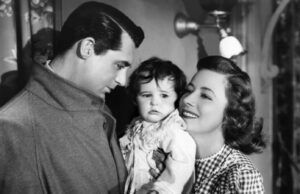
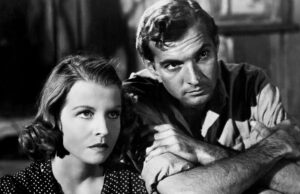
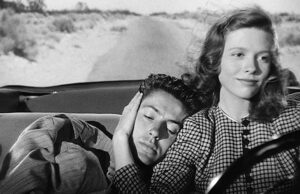






Leave a Reply